Arlene John
A Review on Multisensor Data Fusion for Wearable Health Monitoring
Dec 08, 2024



Abstract:The growing demand for accurate, continuous, and non-invasive health monitoring has propelled multi-sensor data fusion to the forefront of healthcare technology. This review aims to provide an overview of the development of fusion frameworks in the literature and common terminology used in fusion literature. The review introduces the fusion classification standards and methods that are most relevant from an algorithm development perspective. Applications of the reviewed fusion frameworks in fields such as defense, autonomous driving, robotics, and image fusion are also discussed to provide contextual information on the various fusion methodologies that have been developed in this field. This review provides a comprehensive analysis of multi-sensor data fusion methods applied to health monitoring systems, focusing on key algorithms, applications, challenges, and future directions. We examine commonly used fusion techniques, including Kalman filters, Bayesian networks, and machine learning models. By integrating data from various sources, these fusion approaches enhance the reliability, accuracy, and resilience of health monitoring systems. However, challenges such as data quality and differences in acquisition systems exist, calling for intelligent fusion algorithms in recent years. The review finally converges on applications of fusion algorithms in biomedical inference tasks like heartbeat detection, respiration rate estimation, sleep apnea detection, arrhythmia detection, and atrial fibrillation detection.
SomnNET: An SpO2 Based Deep Learning Network for Sleep Apnea Detection in Smartwatches
Aug 25, 2021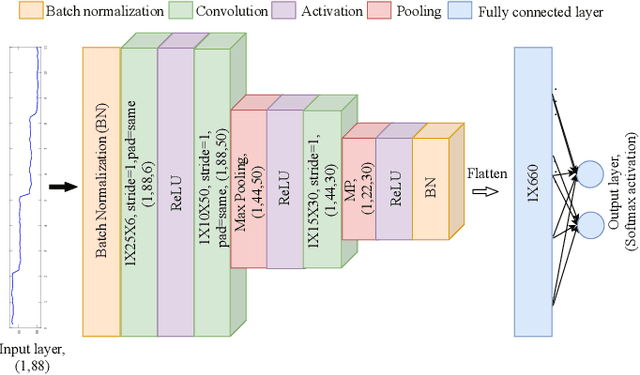
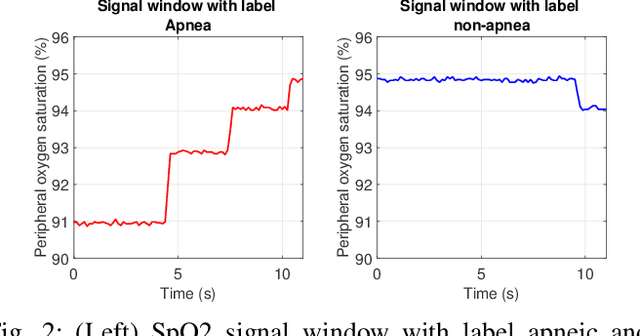
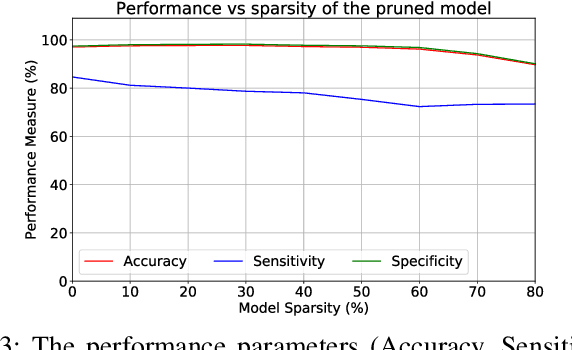
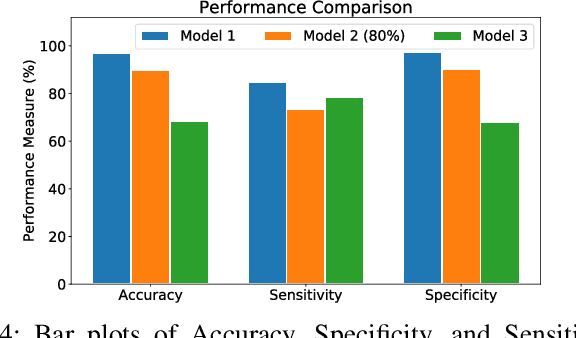
Abstract:The abnormal pause or rate reduction in breathing is known as the sleep-apnea hypopnea syndrome and affects the quality of sleep of an individual. A novel method for the detection of sleep apnea events (pause in breathing) from peripheral oxygen saturation (SpO2) signals obtained from wearable devices is discussed in this paper. The paper details an apnea detection algorithm of a very high resolution on a per-second basis for which a 1-dimensional convolutional neural network -- which we termed SomnNET -- is developed. This network exhibits an accuracy of 97.08% and outperforms several lower resolution state-of-the-art apnea detection methods. The feasibility of model pruning and binarization to reduce the computational complexity is explored. The pruned network with 80% sparsity exhibited an accuracy of 89.75%, and the binarized network exhibited an accuracy of 68.22%. The performance of the proposed networks is compared against several state-of-the-art algorithms.
A 1D-CNN Based Deep Learning Technique for Sleep Apnea Detection in IoT Sensors
May 02, 2021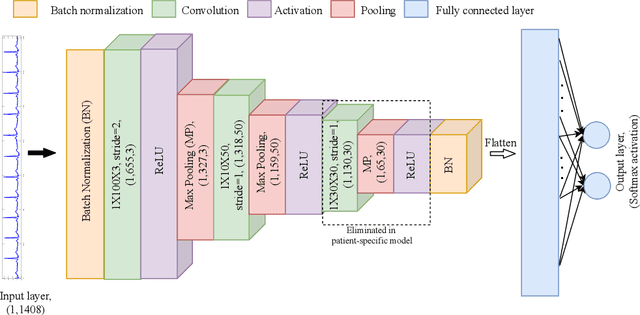
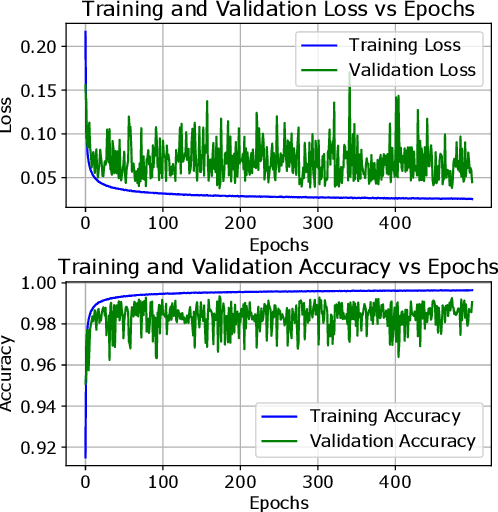
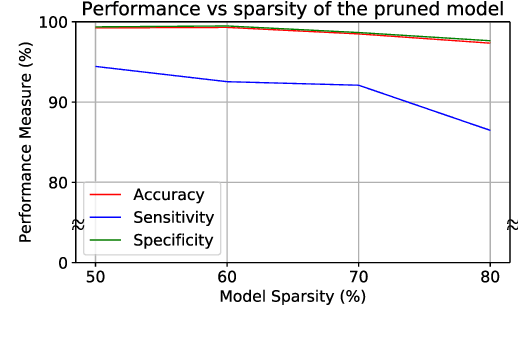
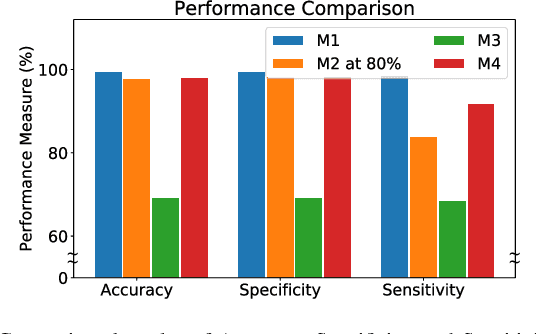
Abstract:Internet of Things (IoT) enabled wearable sensors for health monitoring are widely used to reduce the cost of personal healthcare and improve quality of life. The sleep apnea-hypopnea syndrome, characterized by the abnormal reduction or pause in breathing, greatly affects the quality of sleep of an individual. This paper introduces a novel method for apnea detection (pause in breathing) from electrocardiogram (ECG) signals obtained from wearable devices. The novelty stems from the high resolution of apnea detection on a second-by-second basis, and this is achieved using a 1-dimensional convolutional neural network for feature extraction and detection of sleep apnea events. The proposed method exhibits an accuracy of 99.56% and a sensitivity of 96.05%. This model outperforms several lower resolution state-of-the-art apnea detection methods. The complexity of the proposed model is analyzed. We also analyze the feasibility of model pruning and binarization to reduce the resource requirements on a wearable IoT device. The pruned model with 80\% sparsity exhibited an accuracy of 97.34% and a sensitivity of 86.48%. The binarized model exhibited an accuracy of 75.59% and sensitivity of 63.23%. The performance of low complexity patient-specific models derived from the generic model is also studied to analyze the feasibility of retraining existing models to fit patient-specific requirements. The patient-specific models on average exhibited an accuracy of 97.79% and sensitivity of 92.23%. The source code for this work is made publicly available.
 Add to Chrome
Add to Chrome Add to Firefox
Add to Firefox Add to Edge
Add to Edge